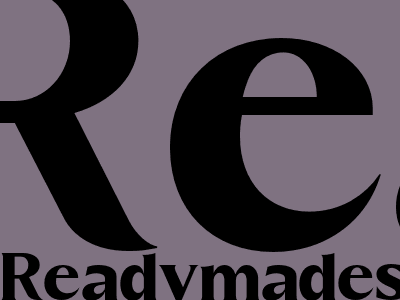The Art of the Readymade: Blurring the Lines Between Art and Life
An Exploration of Marcel Duchamp's Revolutionary Concept
Introduction
The concept of the "readymade" in art emerged as a groundbreaking and provocative idea in the early 20th century, forever altering the course of artistic expression. This transformative concept, pioneered by the enigmatic artist Marcel Duchamp, challenged traditional notions of what constitutes art and questioned the very nature of creativity.
Duchamp and the Birth of the Readymade
Marcel Duchamp, a French artist renowned for his radical ideas, introduced the readymade in 1913 with his famous work "Bicycle Wheel." This piece consisted of an ordinary bicycle wheel mounted on a stool, challenging the prevailing belief that art must be created from scratch.
By elevating mundane objects to the status of art, Duchamp sought to break down the distinctions between art and life. He argued that the artist's selection and presentation of an object were more significant than its physical qualities, thereby inviting viewers to reflect on the arbitrary nature of artistic value.
Characteristics of a Readymade
Readymades are characterized by their lack of deliberate alteration or modification. They are everyday objects that are repurposed as art through the artist's act of selection and context.
- Mundane objects: Readymades are often derived from ordinary and utilitarian items, such as urinals, bottle racks, and snow shovels.
- Lack of traditional artistic techniques: Unlike conventional artworks, readymades are not created using traditional artistic methods like painting or sculpting.
- Emphasis on context: The presentation and placement of a readymade in a gallery setting become integral to its meaning and significance.
The Impact of the Readymade on Art
The introduction of the readymade had a profound impact on the art world, provoking controversy and redefining the very essence of artistic practice:
- Challenge to traditional notions of art: Readymades challenged the long-held belief that art must be created through skilled craftsmanship and aesthetic beauty.
- Expansion of artistic boundaries: The readymade opened up the possibility for a wider range of materials and objects to be considered as art.
- Influence on subsequent art movements: The concept of the readymade influenced later art movements, such as Pop Art and Conceptual Art, which embraced similar ideas of appropriation and the blurring of boundaries.
The Legacy of the Readymade
Marcel Duchamp's concept of the readymade continues to resonate with artists and art enthusiasts alike. It has challenged traditional notions of art, expanded the definition of artistic expression, and invited viewers to question the nature of creativity and the boundaries between art and life.
The readymade remains a testament to the transformative power of art to disrupt conventions and provoke new ways of thinking about the world around us.

Komentar